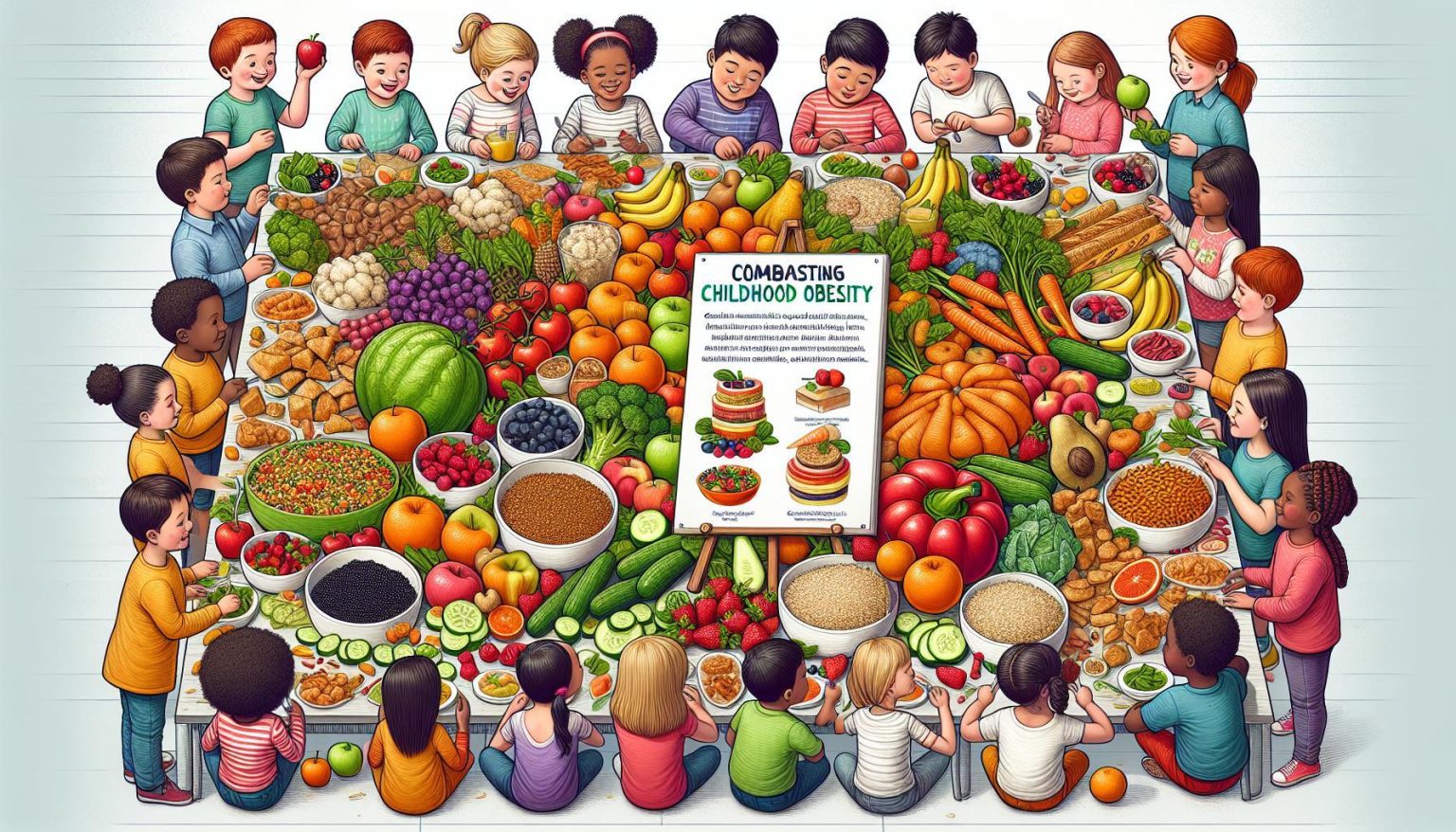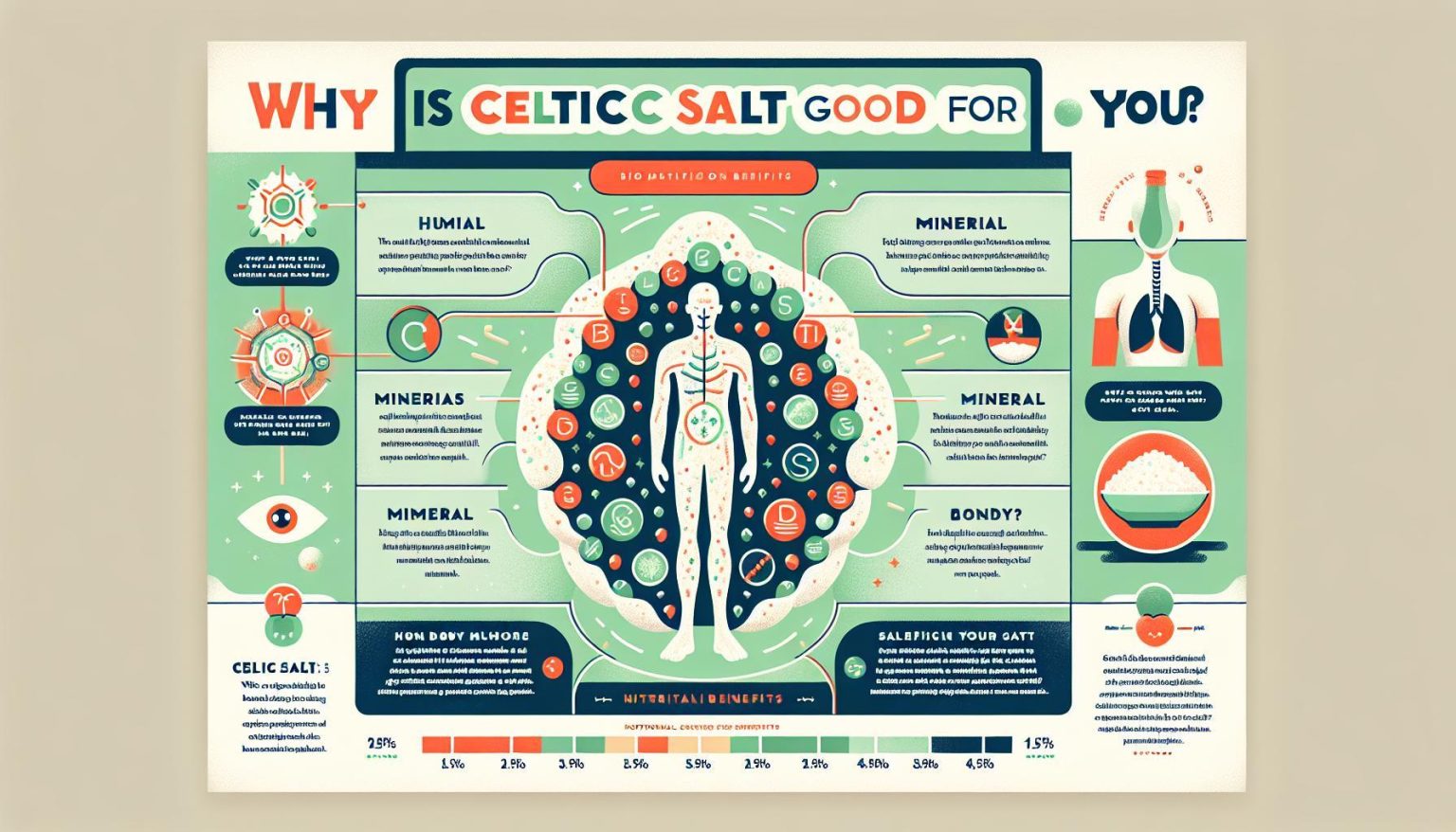Childhood obesity is a significant public health issue across the world. It is a condition where excess body fat negatively impacts a child’s health and wellbeing. A complex interplay of genetics, environment, lifestyle, and socioeconomic factors typically culminate in this health concern. Combatting childhood obesity is crucial to ensure the present and future health of the younger generation.
Understanding the Causes and Consequences of Childhood Obesity
Childhood obesity is a global health concern that poses severe threats to the overall well-being of children and adolescents. The significant rise in Child and Adolescent Nutrition problems, particularly obesity, exposes children to numerous health risks, exacerbates social issues, and threatens their Nutrition and Academic Performance. This comprehensive exploration aims to provide a deeper understanding of the factors influencing childhood obesity, the consequences thereof, and the critical measures needed for prevention and management.
Factors Contributing to Childhood Obesity
1. Genetics and Family History
Genetics and family histories can considerably influence the development of obesity in children. Children with obese parents or siblings have a higher likelihood to be obese themselves. This correlation does not entirely hinge on the genetic makeup. Household dietary and physical activity patterns also play a pivotal role.
2. Environment and Lifestyle
Environmental elements significantly contribute to obesity. The accessibility and abundance of high-calorie, low-nutrient foods, reduced active transportation, and increased sedentary activities are just some of the factors engendering an ‘obesogenic’ environment. There’s an urgent need to improve School Lunch Nutrition, prioritizing quality and balance to keep the unhealthy weight gain in check.
3. Socioeconomic Factors
The prevalence of childhood obesity is often tied to socioeconomic factors. Access to healthy foods and safe locations for physical activity is often limited in low-income communities, increasing the likelihood of childhood obesity. Socioeconomic disadvantages limit the resources necessary to maintain a healthy lifestyle, thereby exacerbating the risk.
Consequences of Childhood Obesity
1. Physical Health Effects
Obese children are more likely to face physical health issues like high blood pressure, type 2 diabetes, sleep apnea, and even early puberty or menstruation. Encouraging active habits and nutritious eating is essential to combat these risks.
2. Emotional and Mental Health Effects
Obesity can have detrimental emotional and mental health consequences. These might manifest in depression, anxiety, low self-esteem, and social isolation due to stigmatization and bullying.
3. Long-term Health Risks
Childhood obesity often presents long-term health risks, including the potential for obesity continuing into adulthood. It’s known to lead to various cardiovascular diseases, certain types of cancer, and reduced life expectancy. More than the physical challenges, the impact of childhood obesity on academic performance requires careful attention to ensure a better future.
With an understanding of the causes and consequences of childhood obesity, it is important to discuss the role of nutrition and physical activity in preventing the condition. This becomes the basis of our next section, which will delve into the importance of nutrient-dense foods, portion control, the benefits of regular exercise, and ways to incorporate physical activity into a child’s routine.
The Role of Nutrition and Physical Activity in Preventing Childhood Obesity
The battle against childhood obesity hinges significantly on two key players: nutrition and physical activity. Both elements are quintessential in ensuring a balanced lifestyle for the younger generation and play a dominant role in safeguarding them from excessive weight gain.
The Importance of Nutrition in Preventing Childhood Obesity
When it comes to the cornerstones of a healthy body, introductory nutrition cannot be underestimated. A diet filled with nutrient-dense foods, packing plenty of vitamins, minerals, and other essential elements within fewer calories, is essential. Foods such as fruits, vegetables, lean meats, whole grains and low-fat dairy products, are examples of nutrient-dense foods that contribute to both the vibrancy of children’s health and the prevention of obesity.
Secondly, teaching children about portion control can assist in modulating caloric intake and ensuring balanced meals. This doesn’t mean limiting the amount of food consumed, but focusing more on the quality of the food items in each meal, promoting diversity of nutrients and preventing overeating.
Furthermore, a critical component of a nutritious diet is limiting processed foods and sugary drinks. These high-sugar and high-fat options contribute significantly to caloric overload, offering minimal nutritional value. Instead, encouraging water and healthier snack alternatives can act as a preventative measure against childhood obesity.
Importance of Physical Activity in Preventing Childhood Obesity
Matching a nutrient-rich diet, regular physical activity plays a monumental role in combating childhood obesity. The benefits of regular exercise include proper growth and development, reduced risk of developing chronic diseases, improved bone health, and enhanced mental wellbeing. Furthermore, physical activity aids in maintaining a healthy weight by using excess calories that would otherwise be stored as fat.
Finding creative and enjoyable ways to incorporate physical activity into a child’s routine is key to promoting consistent regular exercise. Whether it’s playing a favorite sport, having a dance-off, or going for a family bike ride, making exercise fun enhances motivation and adherence.
Additionally, limiting screen time and sedentary behaviors plays a vital role in averting obesity, while simultaneously encouraging a more active lifestyle. Excessive time spent in front of screens can lead to a sedentary lifestyle and contribute significantly to obesity.
Combating childhood obesity requires a two-fold approach with a balance of nutritious dietary choices and regular physical activity. Both of these aspects are critical in maintaining a healthy weight, and thus preventing the numerous consequences associated with childhood obesity. As we move forward in our discussion on fighting childhood obesity, we enter the next section, Breaking the Cycle: Strategies for Combatting Childhood Obesity. Stay tuned as we delve deeper into the many ways we can break this devastating cycle.
Breaking the Cycle: Strategies for Combatting Childhood Obesity
A. Parental and Caregiver Involvement
Indexed among the most influential strategies for combatting childhood obesity is parental and caregiver involvement. Parents and caregivers form the first line of defence against childhood obesity by modelling healthy behaviours. Parents who practice balanced eating and incorporate physical activities into their daily routines set a positive example for their children, promoting the adoption of similar healthy habits.
Moreover, establishing a supportive home environment plays a fundamental role in reversing obesity trends among children. This includes aspects such as encouraging healthy food options, facilitating active play and setting limits on screen time. A home environment that supports healthy behaviours can help children maintain a healthy weight.
An integral part of the parental responsibility is educating and advocating for children’s health. Parents should instil in their children an understanding of nutritional needs, the importance of physical activity, and the consequences of unhealthy habits. Equipped with this knowledge, children are more likely to make informed decisions regarding their health and wellbeing.
B. Community and School-Based Interventions
Beyond the home environment, community and school-based interventions serve as vital platforms in tackling childhood obesity. As part of public health initiatives, communities can create opportunities for children to lead healthier lives through access to healthy food options, physical activity facilities, and health education.
School nutrition and physical education programs also play a substantial role in preventing and reducing childhood obesity. Schools are uniquely positioned to offer healthy meals and physically engaging activities to children. Furthermore, incorporating nutrition education and physical education into the curriculum can help students establish and maintain healthy behaviours throughout their lives.
In terms of the larger community, providing access to healthy food options is crucial for families to maintain a balanced diet. This includes ensuring the availability of fresh fruits and vegetables in local supermarkets and farmers’ markets, as well as reviewing the price structure that often makes unhealthy food options more appealing due to their affordability.
In order to create a comprehensive and effective strategy for combatting childhood obesity, it is necessary to approach it from multiple angles: within the home, at school, and in the wider community. As we move forward to explore successful strategies for preventing childhood obesity, we should also focus on helping children develop lifelong healthy habits.
Building Healthy Habits: Empowering Children to Make Better Choices
Childhood obesity can be mitigated and eventually eradicated through a targeted approach that focuses on equipping children with the knowledge and skills they need to make healthier choices. This not only places an emphasis on diet but also underscores the significance of physical activity and play in day-to-day life.
A. Teaching Children about Nutrition and Food Choices
1. Age-appropriate Nutrition Education
Early exposure to age-appropriate nutrition education is imperative in curbing childhood obesity. Understanding the difference between nutrient-dense foods and high-calorie, low-nutrient junk food can shape a child’s diet towards healthier choices. Using interactive tools such as food pyramids and portion plates can help explain nutrition in a child-friendly manner.
2. Involving Children in Meal Planning and Preparation
Teaching children about meal planning provides them with first-hand exposure to ingredients and preparation methods. This empowers children to take charge of their eating habits and discern between healthy and unhealthy food options. Learning how to prepare meals from scratch discourages reliance on processed foods, hence promoting better health outcomes.
3. Encouraging Mindful Eating Habits
Mindful eating habits help children appreciate their food better and understand their body’s hunger and fullness signals. Avoiding distractions during meal times and promoting slow eating can greatly improve portion control, thus reducing overeating which often leads to childhood obesity.
B. Encouraging Physical Activity and Play
1. Finding Enjoyable Physical Activities for Children
Children are more likely to engage in physical activities that they find fun and enjoyable. Parents can offer a variety of options such as bike riding, swimming, dancing or team sports to nurture an active lifestyle. On top of burning calories, these activities improve cardiovascular health and strengthen muscles, helping keep child obesity at bay.
2. Creating Opportunities for Active Play
Free playtime is crucial for children’s development and weight management. Turning off the screens and encouraging children to go outside for a game of catch or a ride on the swings can significantly increase their daily level of physical activity. Active play helps in building stamina, improving social skills, and maintaining a healthy weight in children.
3. Fostering a Positive Attitude towards Exercise
Instilling a positive attitude towards fitness from an early age can yield lifelong benefits, including a healthier body mass index (BMI). Children who view physical activity as a chore are less likely to participate in it voluntarily. Therefore, promoting exercise as enjoyable and rewarding is vital in countering sedentary behavior and tackling childhood obesity.
By implementing these strategies, children are more likely to adopt healthy habits that can ensure their well-being and prevent obesity. The final piece of the puzzle demands a supportive environment, which we will explore in the next section.
Conclusion
Combatting childhood obesity is a complex endeavor that requires a comprehensive approach involving individuals, families, communities, and policymakers. By understanding the causes and consequences of childhood obesity, promoting healthy nutrition and physical activity, empowering children to make positive lifestyle choices, and creating supportive environments, we can work towards reducing the prevalence of childhood obesity and improving the health and well-being of future generations.
Frequently Asked Questions
1. Why is childhood obesity a significant public health concern?
Childhood obesity is associated with a range of negative health consequences, including an increased risk of developing chronic diseases such as diabetes, heart disease, and certain types of cancer.
2. What can parents do to prevent childhood obesity in their children?
Parents can promote healthy eating habits, encourage regular physical activity, limit screen time, and model healthy behaviors to prevent childhood obesity.
3. What role do schools play in combatting childhood obesity?
Schools can support children’s health and wellness by providing nutritious meals, physical education classes, and opportunities for active play.
4. How can communities support efforts to combat childhood obesity?
Communities can advocate for policies that improve access to healthy foods, create safe and accessible recreational spaces, and promote awareness about the importance of childhood wellness.
5. What are some effective strategies for empowering children to make healthier choices?
Teaching children about nutrition, involving them in meal preparation, encouraging enjoyable physical activities, and fostering a positive attitude towards exercise are effective strategies for empowering children to make healthier choices.










